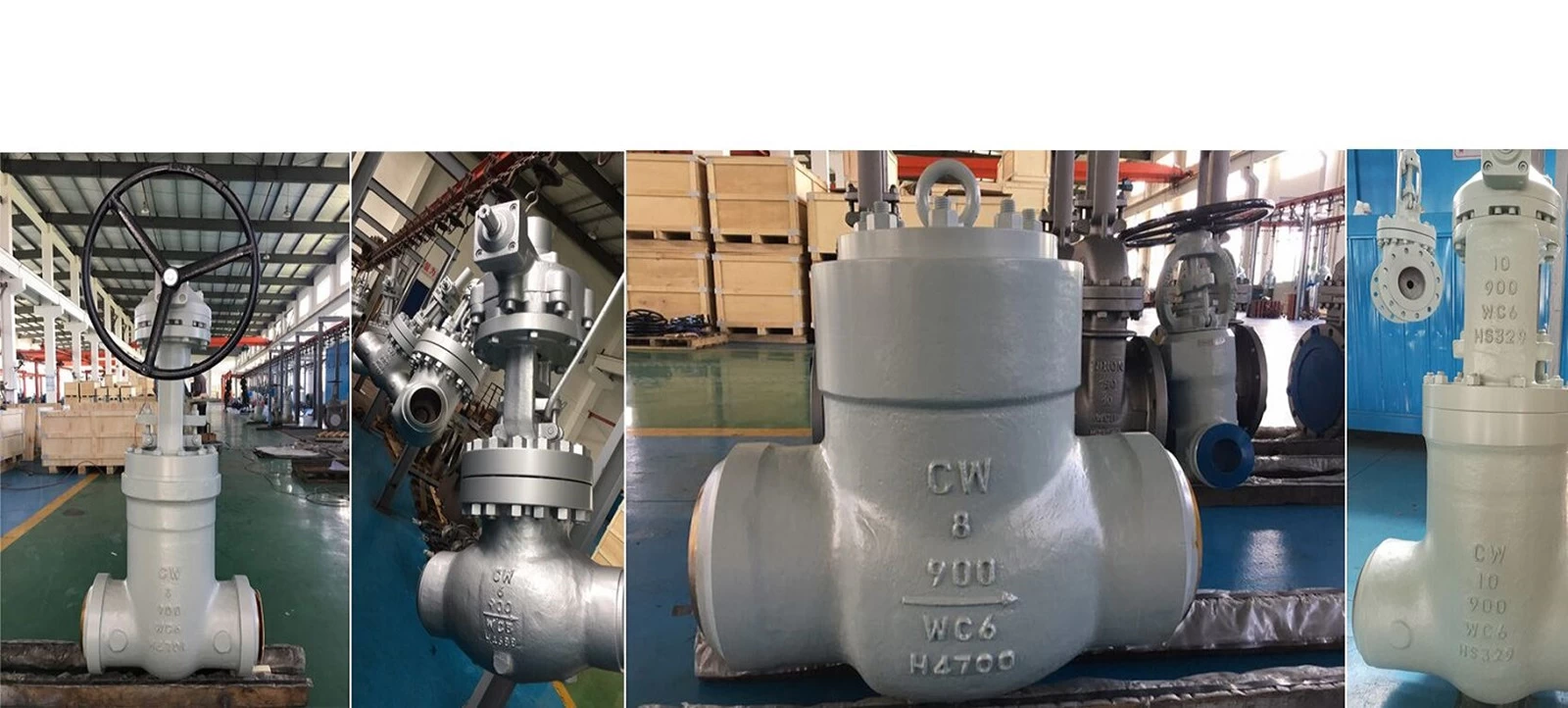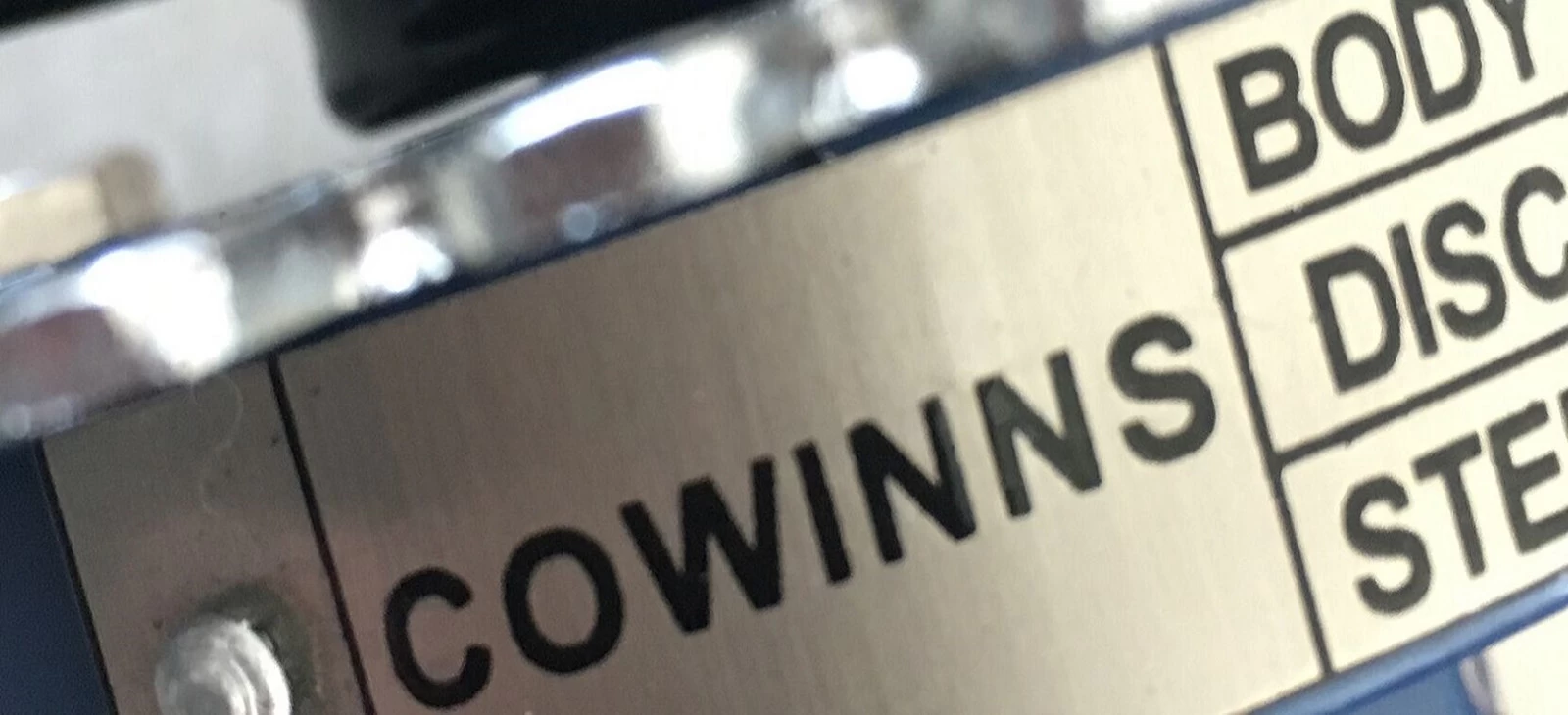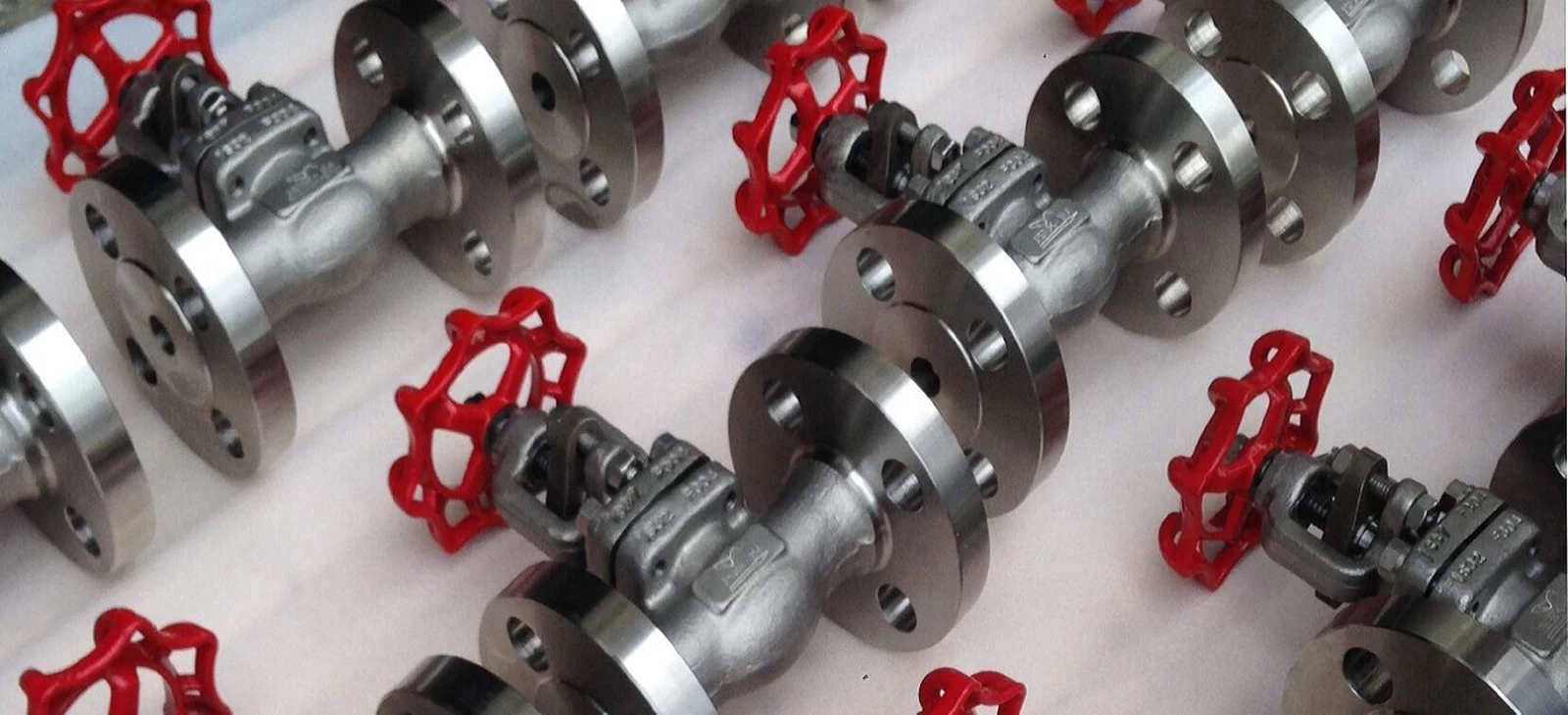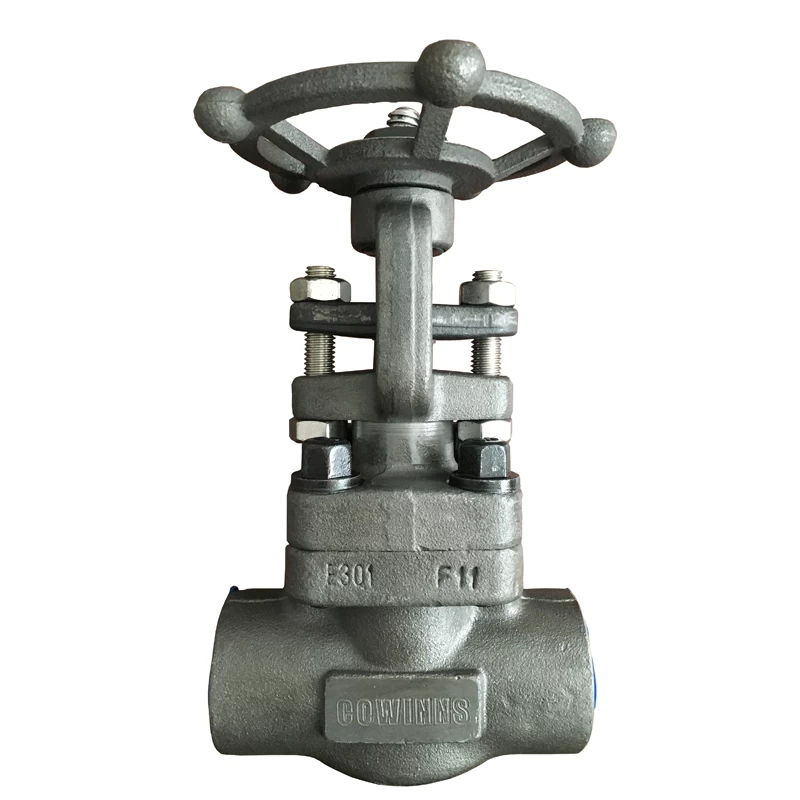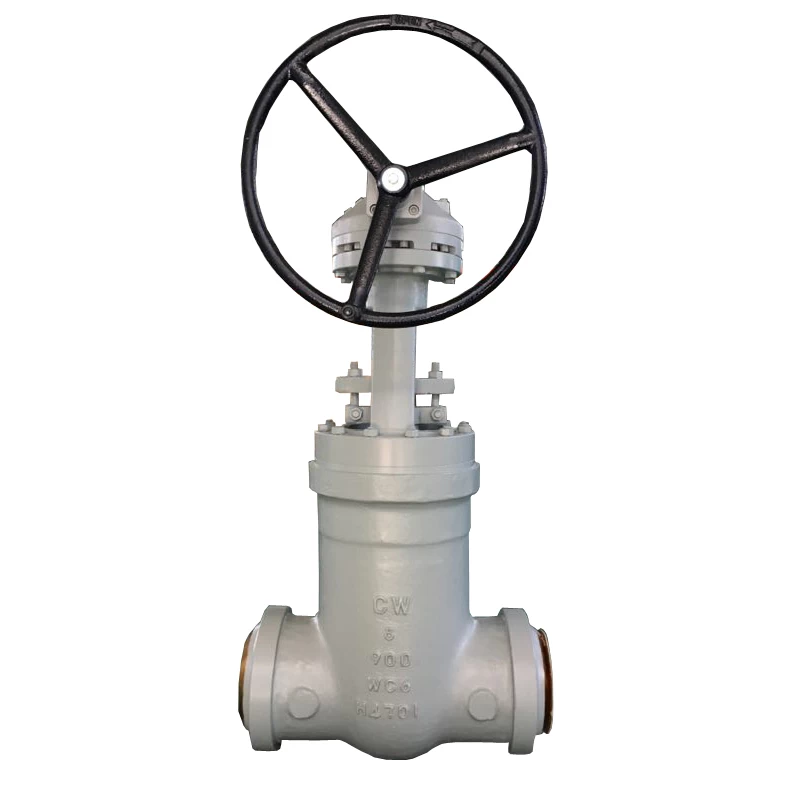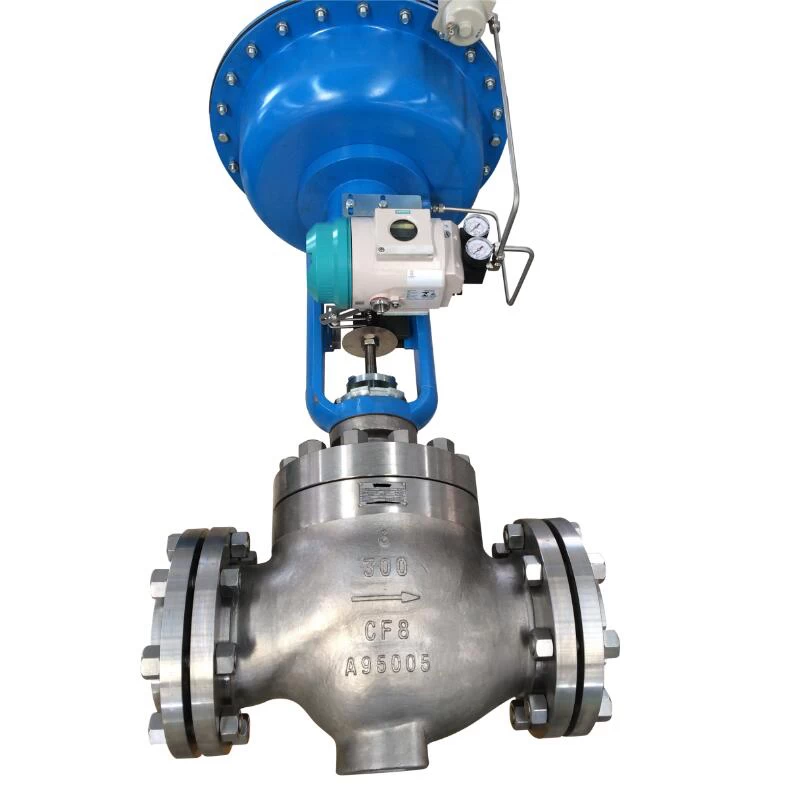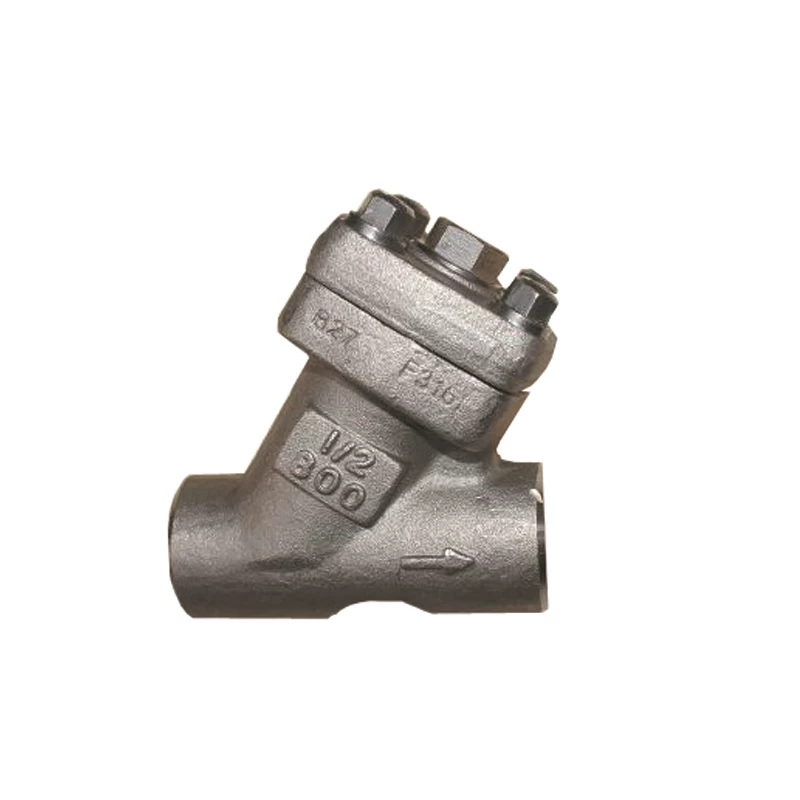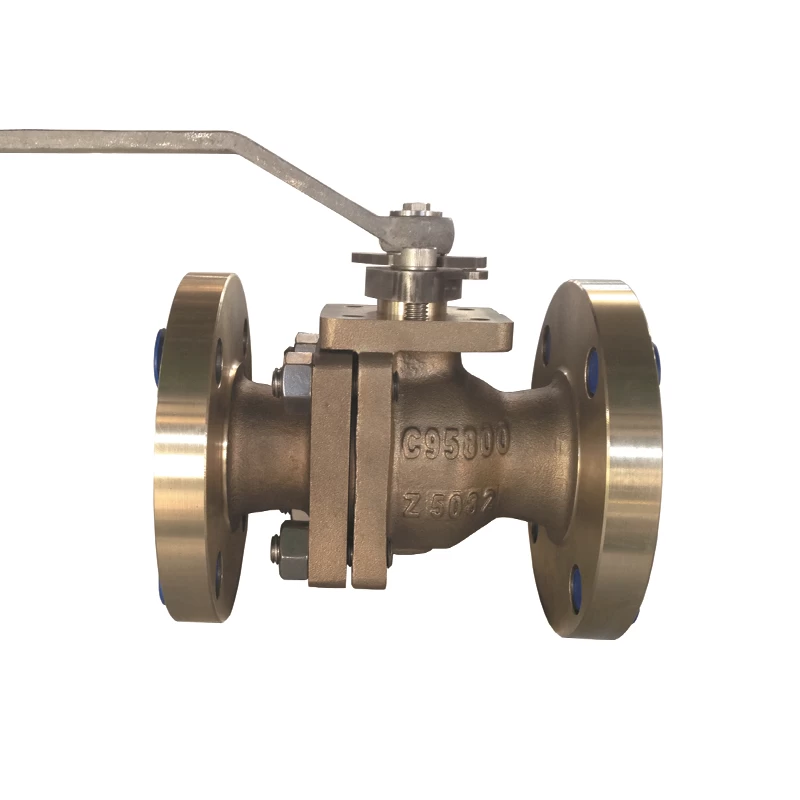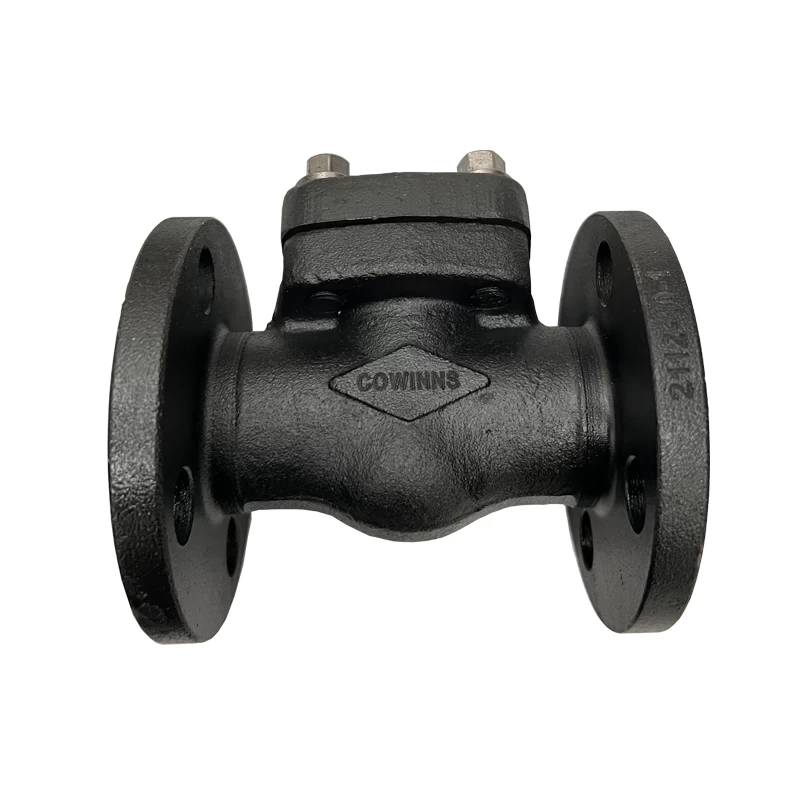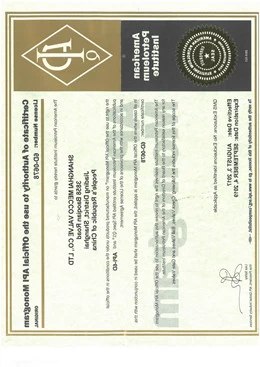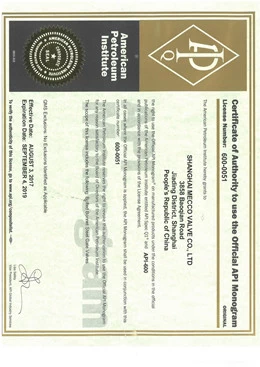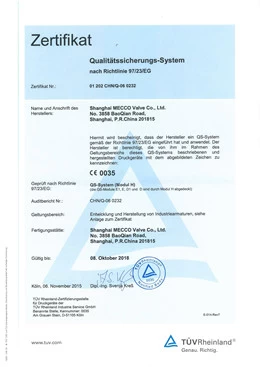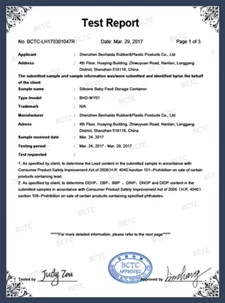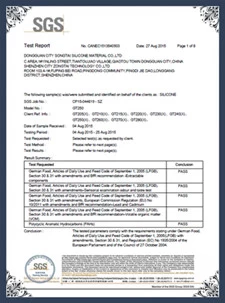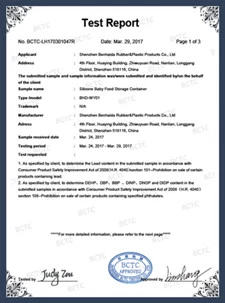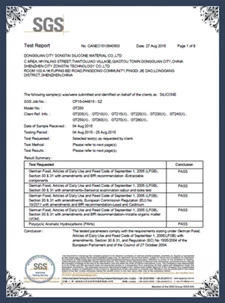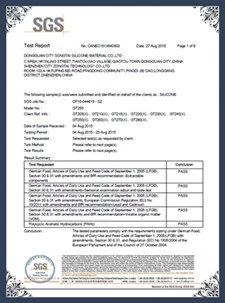Briefly describe the relationship between valve diameter and medium flow rate
The flow rate and flow rate of the valve mainly depend on the diameter of the valve, and are also related to the resistance of the structural type of the valve to the medium, and have a certain internal relationship with the pressure, temperature and concentration of the medium of the valve.
What exactly is the relationship between the two?
The flow channel area of the valve is directly related to the flow rate and flow, and the flow rate and flow rate are two interdependent quantities. When the flow rate is constant, the flow rate is large, and the flow channel area can be smaller; The smaller the flow rate, the flow channel area can be larger. Conversely, the flow channel area is large and its flow rate is small; The runner area is small and its flow rate is large.
The flow rate of the medium is large, the valve diameter can be smaller, but the resistance loss is large, and the valve is easily damaged. The flow rate is large, which will produce electrostatic effects on flammable and explosive media, causing danger; The flow rate is too small, inefficient, and uneconomical. For medium with high viscosity and explosiveness, a smaller flow rate should be taken. Oil and viscous liquids choose the flow rate according to the viscosity, generally 0.1~2m/s.
In general, the flow rate is known and the flow rate can be determined empirically. The nominal diameter of the valve can be calculated from the flow rate and flow rate.
The valve bore is the same, its structural type is different, and the resistance of the fluid is also different. Under the same conditions, the greater the resistance coefficient of the valve, the more the flow rate and flow rate of the fluid through the valve decrease; The smaller the resistance coefficient of the valve, the less the flow rate and flow rate of the fluid through the valve decreases.



Concentrate:
● The DN value is in mm
● The unit of P value is: MPa
●The resistance coefficient of the gate valve is small, only in the range of 0.1~1.5
●Large diameter gate valve such as pressure seal gate valve, the resistance coefficient is 0.2~0.5
●The resistance coefficient of the shrinking gate valve is larger
●The resistance coefficient of the globe valve is much larger than that of the gate valve, generally between 4~7. Y-type globe valve (direct flow type) has the smallest resistance coefficient, between 1.5~2
●Forged steel globe valve has the largest resistance coefficient, even as high as 8
●The resistance coefficient of the check valve depends on the structure: the swing check valve is usually about 0.8~2, of which the resistance coefficient of the multi-lobe swing check valve is large
●The lifting check valve has the largest resistance coefficient, up to 12
●The resistance coefficient of the plug valve is small, usually about 0.4~1.2
●The resistance coefficient of diaphragm valve is generally about 2.3
●The resistance coefficient of the butterfly valve is small, generally within 0.5
●The resistance coefficient of the ball valve is the smallest, generally about 0.1
The resistance coefficient of the above valve is the value of the valve in the fully open state
 +86 512 68781993
+86 512 68781993 
